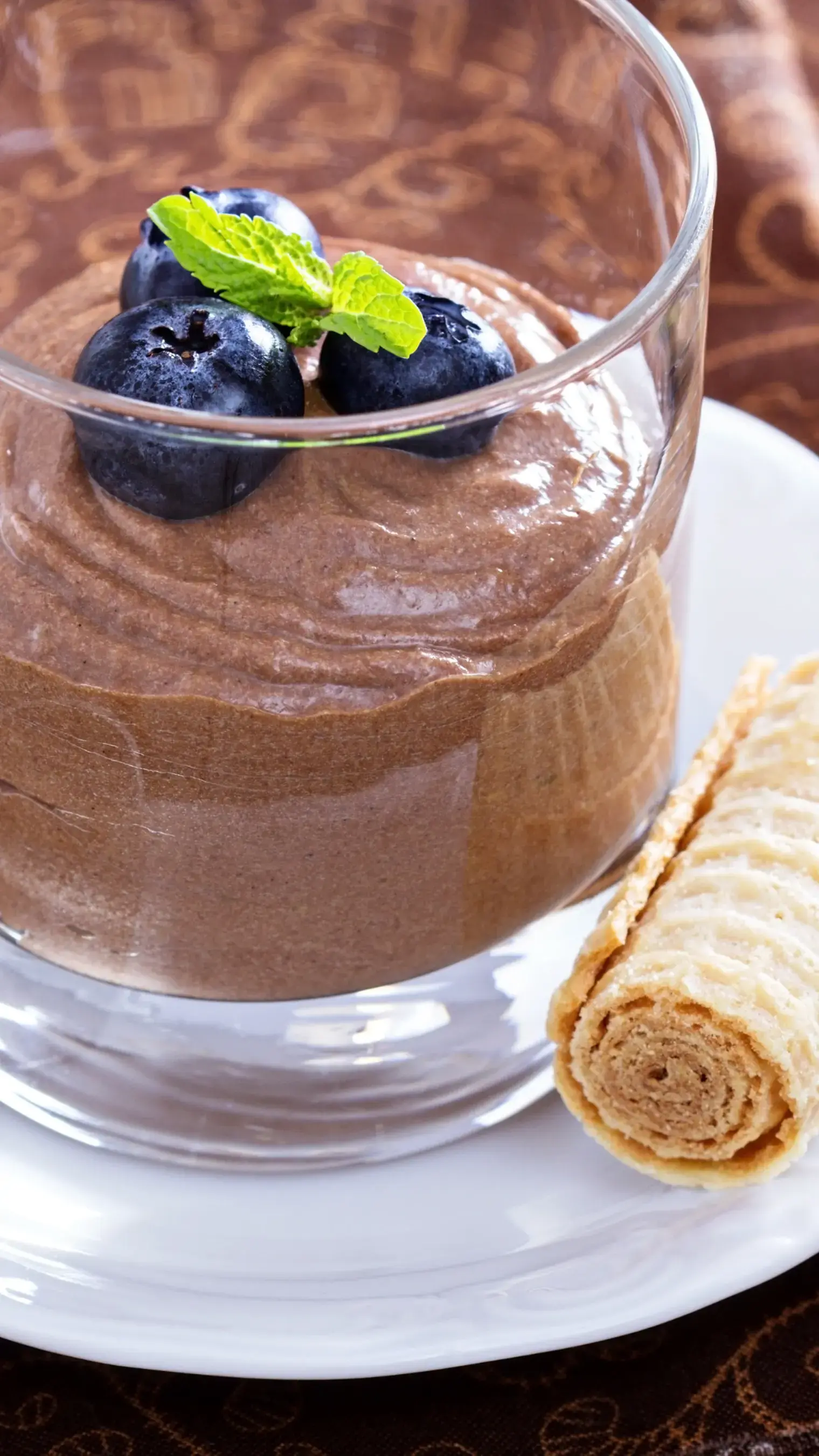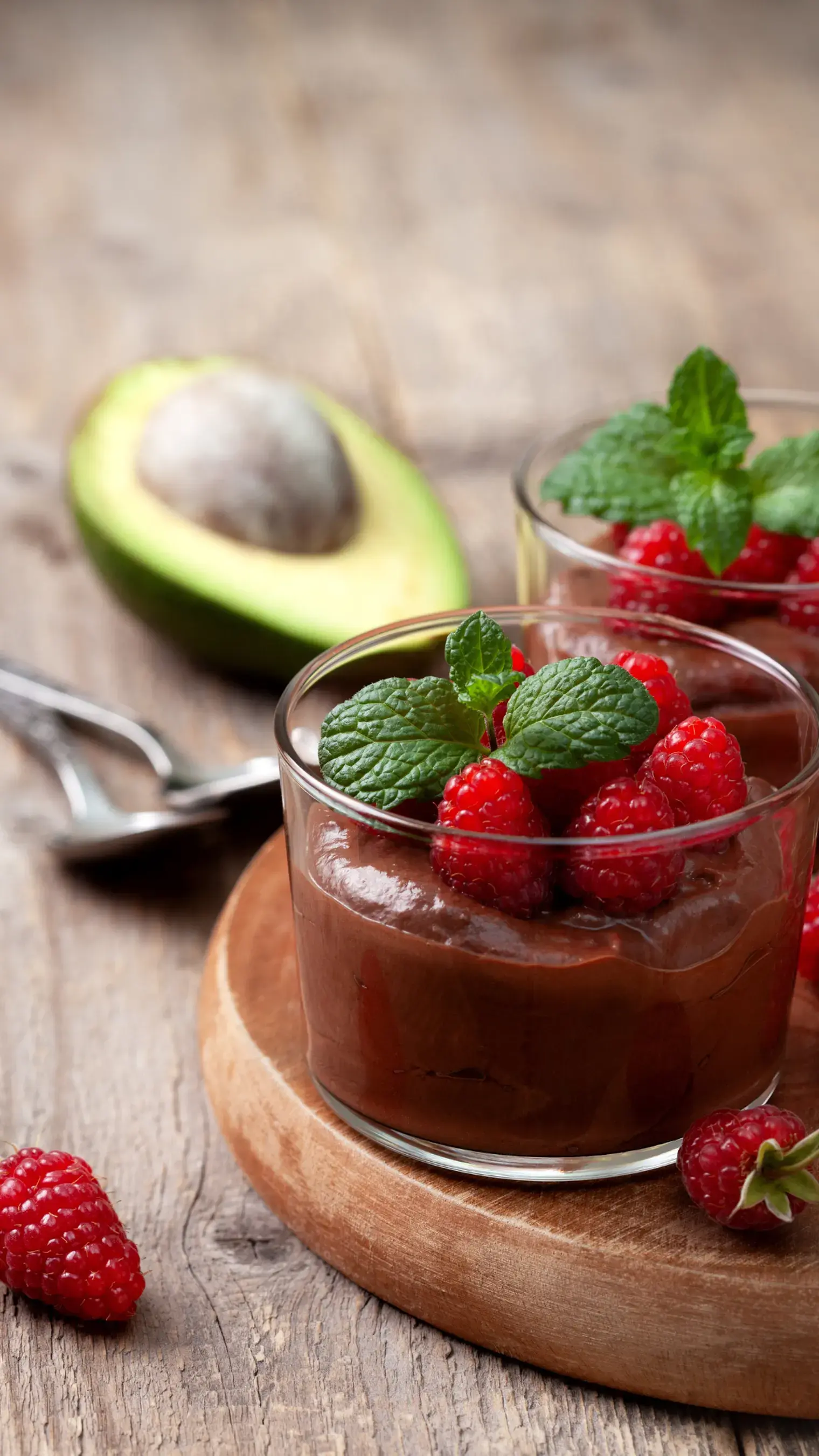Here’s how to avoid that grainy texture when making doodh peda sweet for Guru Purnima, so it’s smooth and delicious.

As Guru Purnima approaches, many households begin preparing traditional offerings with devotion and care. Sweets made with milk and khoya or mawa are considered especially sattvic, and are pure and ideal for a sacred occasion like this. One such beloved option is the doodh peda sweet, known for its creamy texture, subtle cardamom aroma, and melt in the mouth richness. However, achieving that soft and smooth consistency isn't always easy. One of the most common issues home cooks face is a grainy texture in doodh peda, which can make even the best ingredients feel poorly treated. If you’ve ever bitten into a peda only to find it gritty, slightly dry, or oddly chewy, you're not alone.
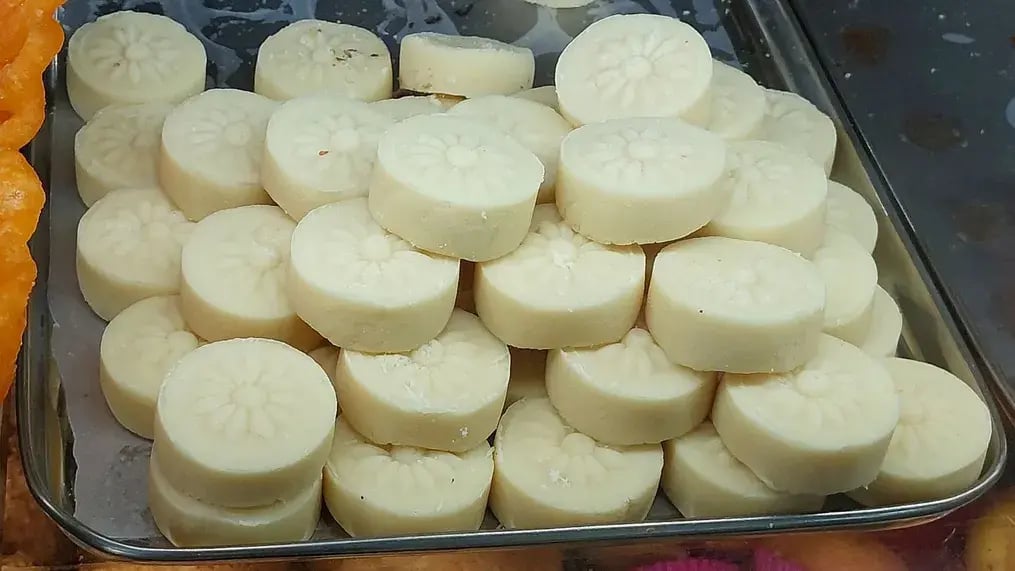
Fortunately, this issue is easily avoidable if you understand what causes it and how to prevent it. The texture of doodh peda should be smooth with no visible granules, slightly firm on the outside, soft and creamy when bitten into, and uniform and not crumbly or wet. A grainy texture, on the other hand, often results from overheating the khoya, using the wrong type of sugar, cooking the mixture on high heat and inadequate mixing or poor quality ingredients. So in this guide, we’ll walk you through the process of making doodh peda right, along with expert tips to ensure the texture is always velvety and divine, and worthy of an offering on Guru Purnima.
The quality of the khoya
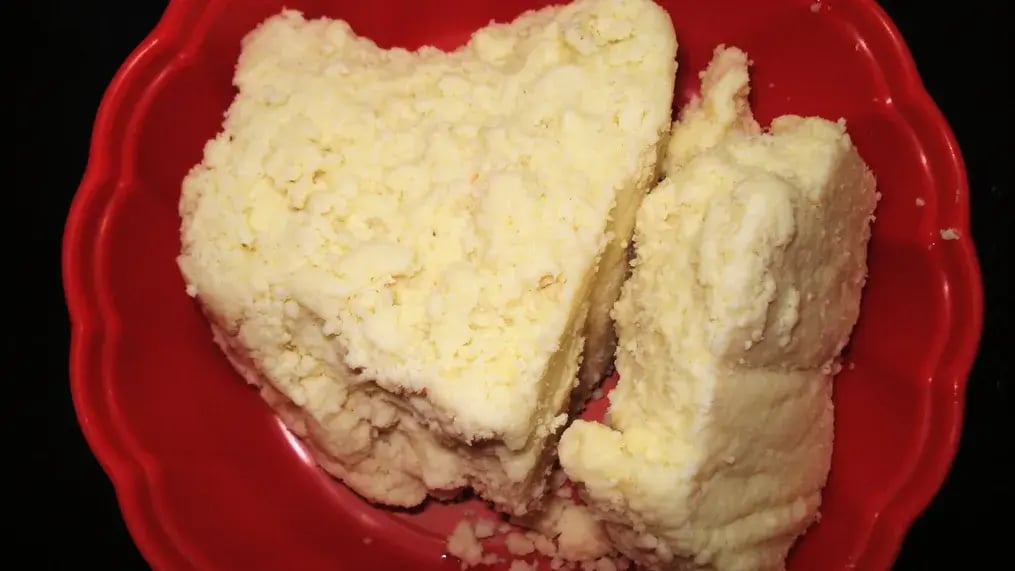
Khoya is the heart of any doodh peda. Using the wrong kind will almost always give you poor results. There are two common types:
- Chikna mawa, which is a soft, moist khoya, and is ideal for pedas and gulab jamuns
- Batti mawa, a dry khoya, which is better for barfis or laddoos
To get that creamy peda, always use chikna mawa. It blends easily and melts into a smooth base without turning lumpy.
Grating the khoya correctly
Before heating, crumble or grate the khoya into fine shreds. Lumps or chunks of mawa don’t break down properly during cooking, leading to uneven texture. If the khoya feels cold or hard, let it come to room temperature or microwave for 15 seconds to soften. You can even run it through a sieve to ensure no lumps remain.
Cooking the mixture
One of the biggest mistakes while making doodh peda is cooking the mixture on medium to high heat to save time. This causes the milk solids to dry out too quickly and form small granules, creating that grainy mouthfeel. Always cook on low heat, even if it takes a few minutes longer. The gentle temperature allows sugar to dissolve slowly, moisture to evaporate evenly, and the khoya to bind into a silky consistency.
Adding the sugar
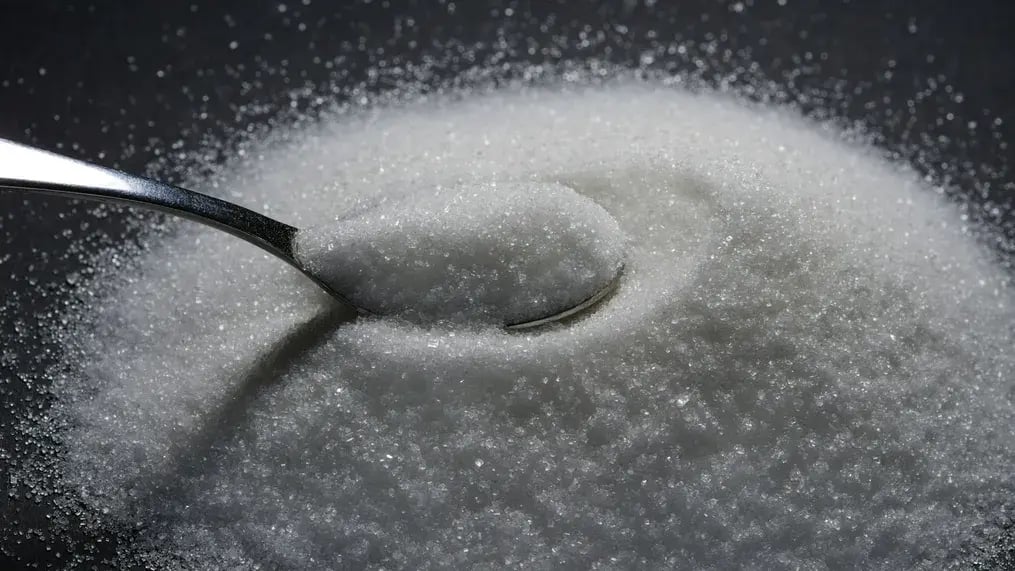
Add sugar only after the khoya has been gently roasted and softened. If added too early or too late, it won’t dissolve uniformly. Use powdered sugar instead of granulated. It integrates more smoothly and eliminates the risk of undissolved crystals, which can contribute to gritty texture. Also remember, once sugar is added, the mixture will loosen temporarily. Don’t panic, just continue stirring gently until it thickens again.
Stirring the mixture
Overmixing or harsh scraping can sometimes push cooked milk solids into clumps. Stir the mixture with a flat wooden spatula in a calm, circular motion, covering all areas of the pan, especially the corners. Watch for signs like the mixture pulling away from the pan, a slight sheen on the surface and consistent thickness. Once you see these, take the mixture off the heat immediately.
Cooking the mixture
Overcooking is a guaranteed way to ruin doodh peda. The longer you cook after sugar has been added, the drier and grainier the final peda will be. The mixture should be taken off the heat while it’s still soft but holds shape. It will continue to firm up as it cools. If you wait for it to become solid in the pan, the finished peda will be dry and may crack or feel mealy in the mouth.
Adding liquid ingredients
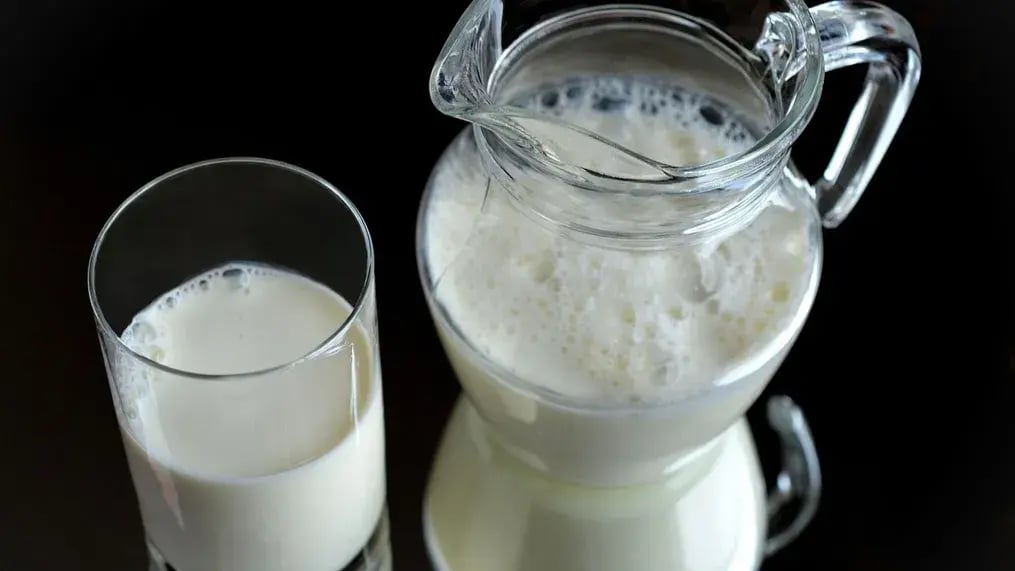
Adding too much saffron milk, rose water, or other liquids at the wrong stage can disturb the consistency. Always add flavoring agents after turning off the heat, and use just a few drops at a time. Remember that too much moisture means longer cooking time and a higher risk of grainy texture.
Like This Article?
More Like This
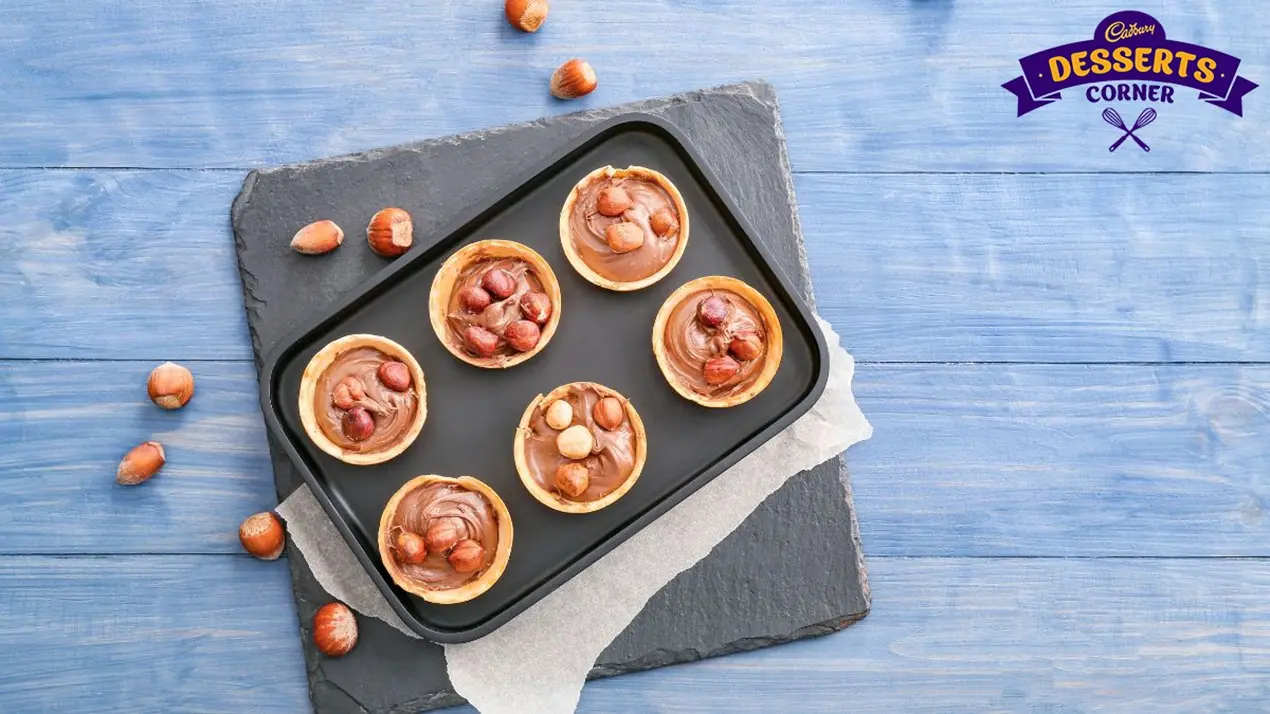
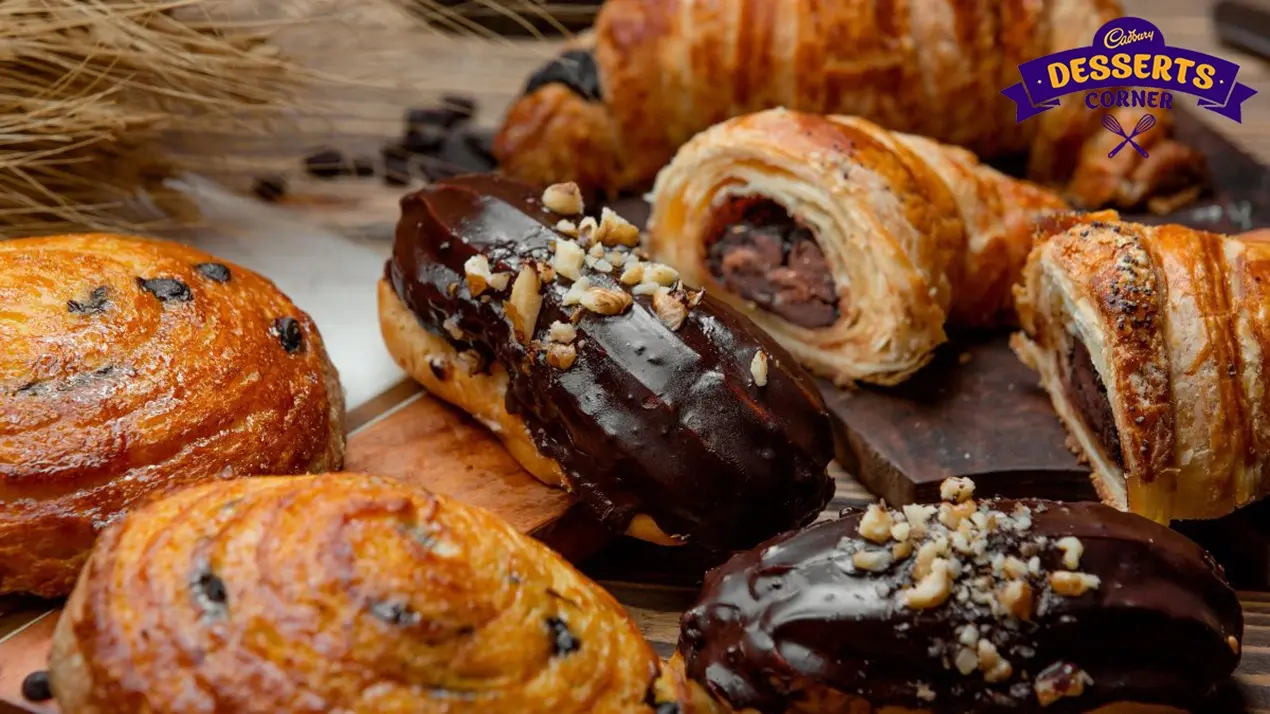

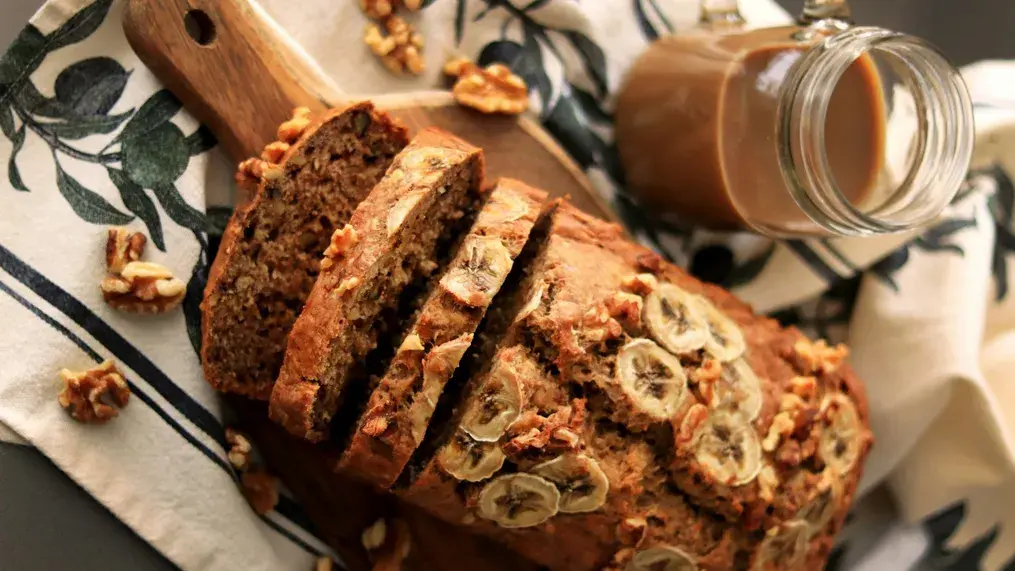
Popular Articles




Trending Web Stories
Curated Recipes


















